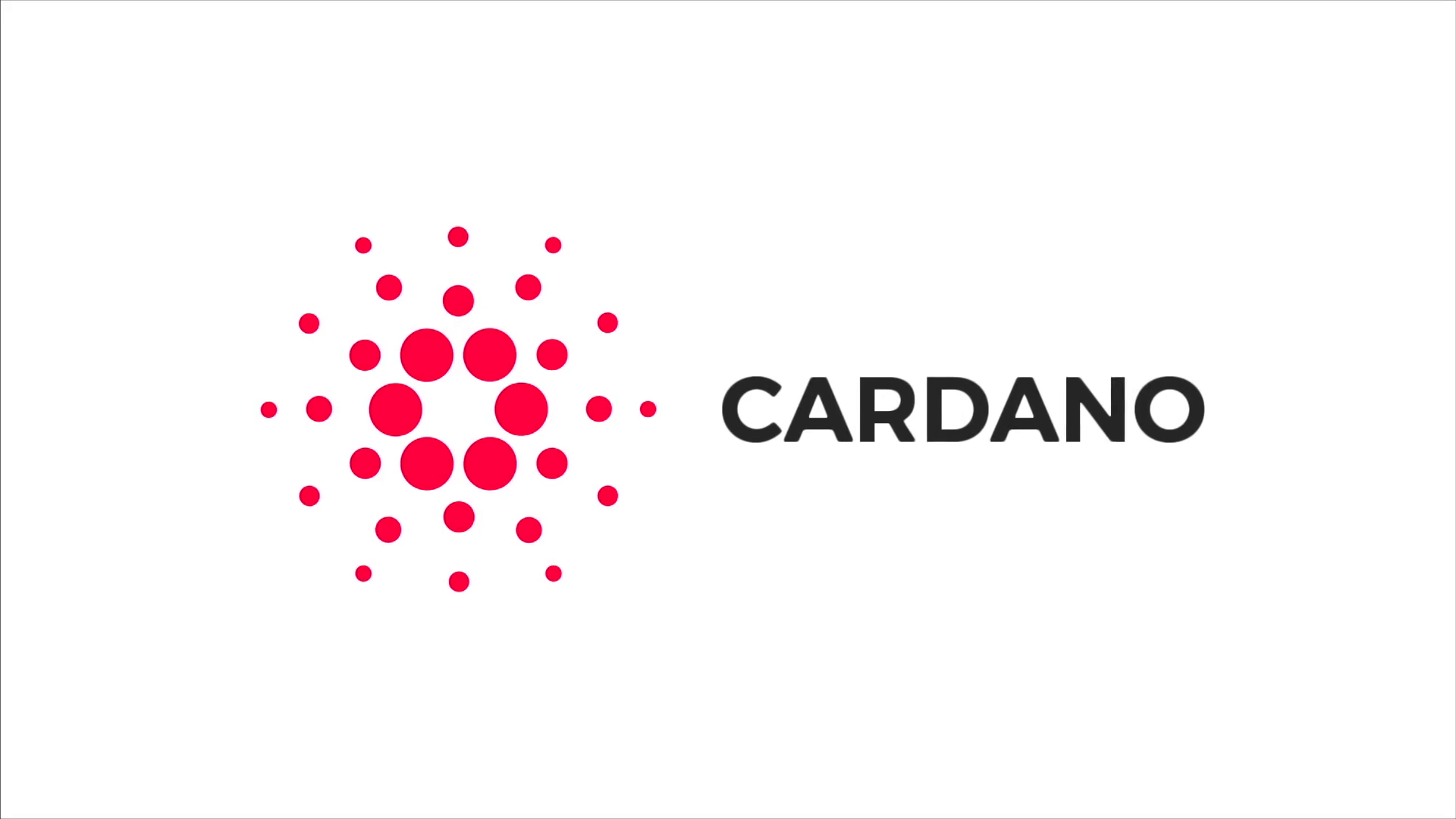
Cardano is a project that was started back in 2015 as an effort to change the way cryptocurrencies are designed and developed.
Cardano is a member of the 3rd generation of blockchains coming in after Bitcoin and Ethereum in the crypto-evolution cycle. In spirit of many other open source projects, Cardano did not start with a clear roadmap or even an authoritative white paper. Rather it embraced a collection of design principles and engineering practices which opened up new avenues for exploration.
Incorporating the core concepts from both Bitcoin (trustless immutability) and Ethereum (smart-contracts), Cardano looks to the future aiming to provide the most advanced features related to scalability, security, efficiency, governance and interoperability within the cryptocurrency ecosystem.
The final output of the work which Cardano developers did is an extensive library of peer-reviewed papers, numerous survey results, an Ontology of Smart Contracts and the Scorex project.
Cardano (apparently named after an Italian scientist Cardano, a once great friend of Leonardo da Vinci) claims to be the first one that was developed “using scientific philosophy “.
This means that Cardano observes the latest peer-reviewed research and engineering insights, as well as previous industry lessons (like the DAO failure), and uses them to build a platform suitable for creation of high quality commercial grade applications.
After more than two years of under-the-radar planning and development, Cardano blockchain was publicly launched on the 29th September 2017. Cardano’s ADA token was then made available for trading on the 1st October at Bittrex exchange. The entire Cardano blockchain is completely open source software and is available to see on Github.
Read more on our thoughts on why will ADA rise in the future or see the list of best wallets for your Cardano tokens.
What you'll learn 👉
Cardano Proof of Stake Consensus Mechanism – Ouroboros
Cardano’s proof of stake algorithm is known as ‘Ouroboros’, which is the mechanism that decides who gets to make the next block in the chain: the more stake you have in the network, the more likely you are to be selected to create the next block – and when you create a block you get rewards.
When you create the block, you receive a monetary reward. When you delegate your stake your ADA stays right where it is – in your wallet!
In the operation of Ouroboros, time is divided into epochs and slots. A slot lasts 20 seconds, while an epoch contains 21,600 slots and lasts five days.
Incentives are distributed each epoch. Transaction fees of the blocks created during that epoch (together with Ada from monetary expansion) are collected into a virtual rewards pool and that total is distributed amongst the stakeholders.
People who lack the interest, technical knowledge or time to be online when needed can still participate by delegating their stake to a stake pool.
What are stake pools?
Stake pools are run by other users on the network, with the promise of being online all the time to maximize the chances of a stake pool member being chosen as slot leader. If someone in the stake pool is chosen to create the next block, then everyone in the pool shares the reward, and the stake pool owner will get their margin as a bonus reward for running the stake pool and supporting the network.
Right now, Cardano team seems to think that around 100 pools that will hold at least 80% of ADA tokens would be the best design for their DPoS. The rest of 20% can either not participate in governing the protocol or participate on their own. These are so called “small” stakeholders.
There is no risk in joining a pool aside of potential financial loss if pool server goes down and you miss out on the rewards. If you are not satisfied with one pool, you can re-delegate your tokens to a different pool.
How to stake Cardano – Delegating Stake in Cardano
Cardano is a proof of stake system, so owning Ada tokens, means that, aside of using Ada as a means to buy goods or services, you also have the right and obligation to participate in the protocol and to create blocks.
These two aspects of holding Ada can be separated by means of delegation: a stakeholder can delegate his right to protocol participation while retaining the monetary value. This is how delegated proof of stake works, which is in essence a representative democracy – you choose representatives in the governing bodies to vote and make decisions on your behalf.
To promote decentralization and a competitive stake pool market Cardano system is designed so that there are diminishing returns as a stake pool approaches a certain percentage of the total network stake. This incentivizes stakeholders to switch stake pools when their current pool gets too big – so ensuring that the rates that stake pools charge stay competitive as they try and attract new stakeholders.
To enable stakeholders to make the best decisions about where to delegate their stake, a pool-sorting machanism will be available.
Who can run a pool?
Anyone with sufficient technical skills like server maintenance and devops/sysops experience, as well as Linux system administration skills. Actually, you can run multiple pools if you wish as IOHK and Cardano Foundation see no issues with that.
How to start running an ADA pool?
Right now, the best way is to join the testnet stakepool and follow instructions on the site, once published. You will need to download and run Cardano full node to start your own pool.
What is the minimum of ADA tokens to run a pool?
There is no minimum of tokens you need to have in order to run a pool but you will have to have some to pay transaction fees.
Can exchanges run a staking pool?
No, because ADA staking protocol is designed so to prevent it. There are three distinct types of addresses, each of which is associated with two cryptographic key pairs, one for payment, one for staking. All three types behave identically as far as payment is concerned.
- Base address: The staking key is directly linked to the address.
- Pointer address: The address contains a “pointer” to a delegation certificate on the blockchain which defines the staking key.
- Enterprise address: Staking is not possible. This address type is meant for exchanges, who are not supposed to use funds entrusted to them for protocol participation.
Solo Cardano staking
If you have a small amount of Ada and stake on your own (through your Daedalus wallet), you have a small chance of being selected to mine/mint a block, but you will reap all the rewards.
If you delegate to a pool, the poll has a much high chance of being selected and you get a portion of the pool’s reward that is proportional to you stake divided by the pool’s stake.
Either way, you reward should average out to your stake divided by the total stake, but it may take a long amount of time (ie close to infinite) for the law or averages to make the match.
When Will Staking Be Live on Cardano?
It was planned to be released in Q4 2018 but they pushed it back to 2019, most probably for Q2 2019.
Can I stake from Deadalus wallet?
The Deadalus wallet will be upgraded to allow staking.
Can I stake from hardware wallets like Ledger Nano, Trezor or Keepkey?
They are going to support Cold Wallet staking by delegating your assets to a pool.
Finally, you will be able to stake from an offline Ledger Nano X or Nano S by allowing a pool stake device to act as a proxy.
How much can I earn by staking ADA?
The staking reward percentage is not fixed and is dependent on many parameters, many of which will be dynamically changing based on those who participate in the Cardano network.
Some example of dynamic variables that will effect the percentage reward:
- How many ADA transactions are taking place per epoch
- How many ADA are staked out of the total available supply
You can check out some of the unofficial ADA staking calculators like this, this or this.
Conclusion
Staking coins are on the rise and ADA is one of the most attractive projects for passive income earning via staking. The way things look right now, it seems staking might become a lucrative industry so taking part in the early, experimental stages of staking project can prove to be very beneficial for your financial wellbeing in the future.







